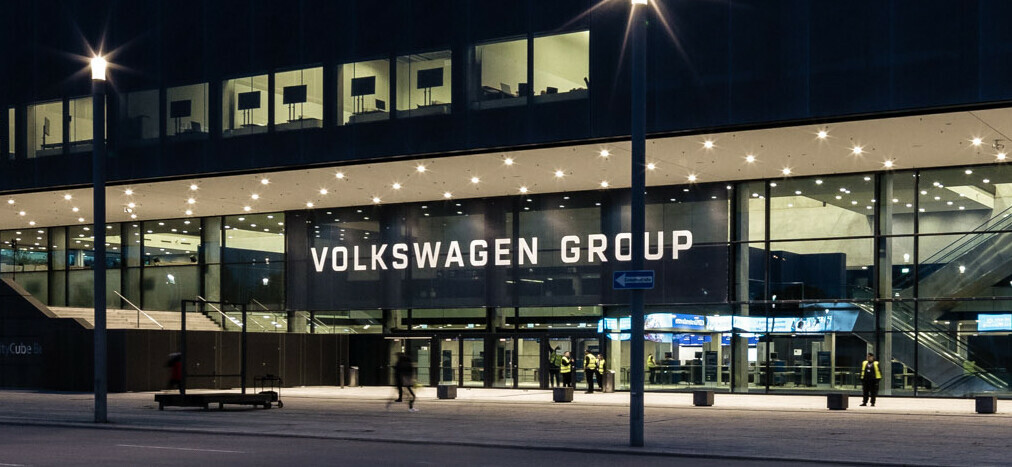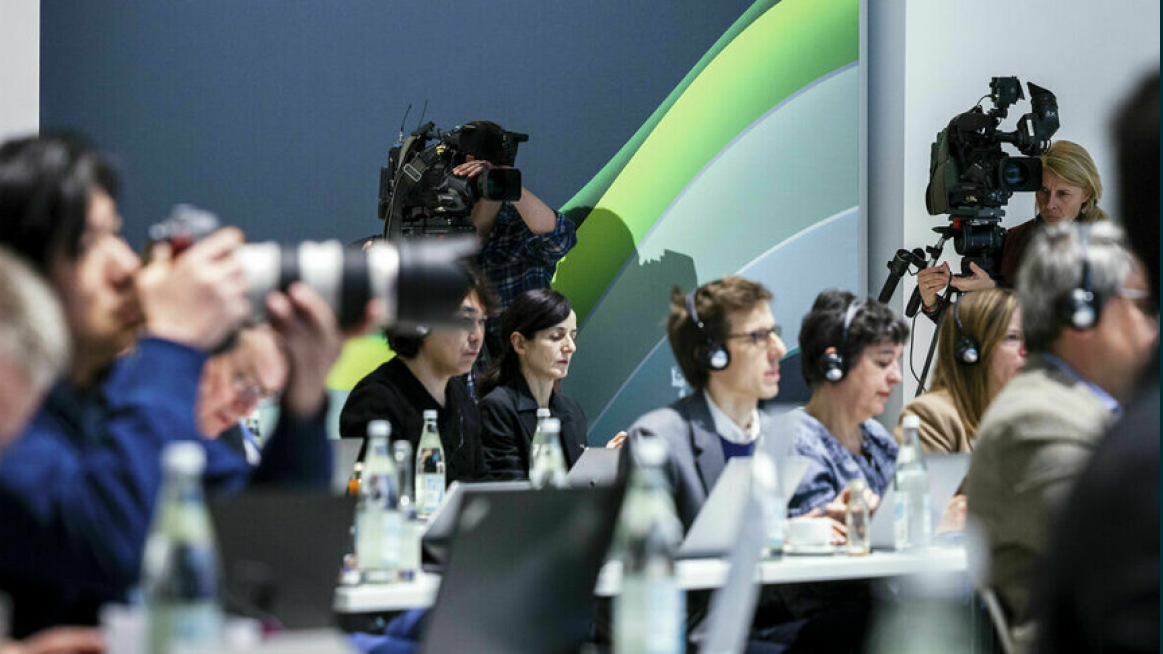Design is crucial to the success of a brand. It translates the essence of the brand, communicates origin, future orientation and unique selling points. For automotive brands in all segments, design is a key means of making a strong, unmistakable identity visible.
"Design is more than just styling. The creative potential of our design areas goes far beyond vehicle design. At the Volkswagen Group, our aim is to use design as a strategic technology driver – as a way of thinking that shapes, develops and sustainably strengthens brand identity," says Oliver Blume, CEO Volkswagen Group. "We see great potential in this, especially in a dynamic environment full of technological upheavals: design is becoming a constant that provides orientation, makes brand attitude visible and ensures long-term recognition among our customers."
"Good design is not a coincidence, but the result of a sustainable and targeted approach," adds Michael Mauer, Head of Volkswagen Group Design. "The same applies to the strategic design process, especially in the multi-brand universe of the Volkswagen Group. Our goal is to position each of our brands in a targeted manner. The basis for this are clearly demarcated identities. The task of the corporate design is to work out the overarching, strategic approach together with the design managers of the brands. I see this as a clear concept for success."
Typological models as creative tools
Ten Group brands, one common goal: Each brand should occupy a distinctive, independent position in the market – supported by an identity rooted in its history and a clear strategic course for the future.
To describe the brand personalities, a typological model was developed as a creative guide, which describes the core values and identity of each brand via archetypal role models and key terms assigned to them.
They form a compass of brand and product identity that sets the strategic and creative direction.
Using the example of the three brands Volkswagen, Porsche and Scout, the Volkswagen Group will be presenting an example of how the design strategies of the brands have been worked out in concrete terms at the IAA:
Volkswagen Design: „Pure Positive“
"We call our new design language 'Pure Positive'. It is based on our three design pillars: 'Stability', 'Sympathy' and 'Secret Sauce' and will shape every future Volkswagen model," says Andreas Mindt, Chief Designer Volkswagen.
Stability stands for the 'caregiver' – it conveys trust, security and reliability. Sympathy embodies the 'everyday hero' – accessible, authentic and guided by a positive attitude that immediately creates an emotional connection. And the 'Secret Sauce' reflects the 'idealistic creator' – it brings in the special, inspiring accents that make a Volkswagen unmistakable.
"We focus on pure and powerful clarity, visual stability and a positive, likeable aura of our cars. The lines and powerful surfaces of the ID. CROSS Concept are also clear and puristic. They form an SUV that does not follow trends, but sets them – and carries the brand's identity into the future.
The positive charisma of the ID. CROSS Concept is immediately visible – for example at the front and rear, where the graphics and the 3D light signature give the impression that the car is 'smiling'."
Style Porsche: "Ultimate expression of innovative engineering and design culture"
Hero, rebel and creator – these three archetypes symbolise Porsche's design identity. The hero stands for courage, strength and perseverance. The key term for this is Focus. As a rebel, the brand finds itself in the field of tension between tradition and pioneering spirit – the key term is tension. In addition, the sports car manufacturer stands for passion, technical precision and visionary thinking. The key term purpose is associated with this archetype.
"This strategic sharpening of our design is tangible in the new 911 Turbo S," says Michael Mauer, Vice President Style Porsche. "Because the Turbo S is the hero of the road, a symbol of power, attitude and sovereignty. All details serve the purpose of making Turbo Performance tangible (Focus). At the same time, he is a rebel, a border crosser who always dares a little more. This is evident in the rear spoiler, which has shaped the silhouette since the 930 – exciting (Tension) and clearly turbo. And finally, this sporty top model is the expression of innovative engineering and design culture. The Turbo S is not about show, but about the clever integration of function and functionality (purpose)."
Scout Motors: „Connection Machines™“
Equipping the Scout in all of us is the soul of Scout Motors and the compass that guides every design decision. This is demonstrated in three powerful ways: As a Versatile Multitool, Scout vehicles are built first and foremost for performance – they give the driver the confidence to master any terrain and any task. A Rugged Icon, Scout Trucks carry a distinctive, honest design that invites self-expression and pride. And as a Helpful Companion, every detail is designed to create trust – from haptic operation to networked functions that are intuitive and convincing.
"Our design pillars are born from the duality we love most: heritage meets ingenuity. We take inspiration from the past and we push it forward with clean, modern, and deliberate choices that resonate with today’s drivers," says Chris Benjamin, Scout Motors Chief Design officer.
"Ultimately, Scout Motors is building connection machines™ – vehicles that connect people to the land and to each other in order to find solutions together."
The discussion by Oliver Blume and Michael Mauer, moderated by Sebastian Rudolph, as well as the subsequent three presentations by the design heads of Volkswagen, Porsche and Scout, will be broadcast live from the IAA on Monday, 08.09.2025, starting at 4:00 p.m. A recording will be available about an hour after the end of the event.
Link Livestream and recording:











